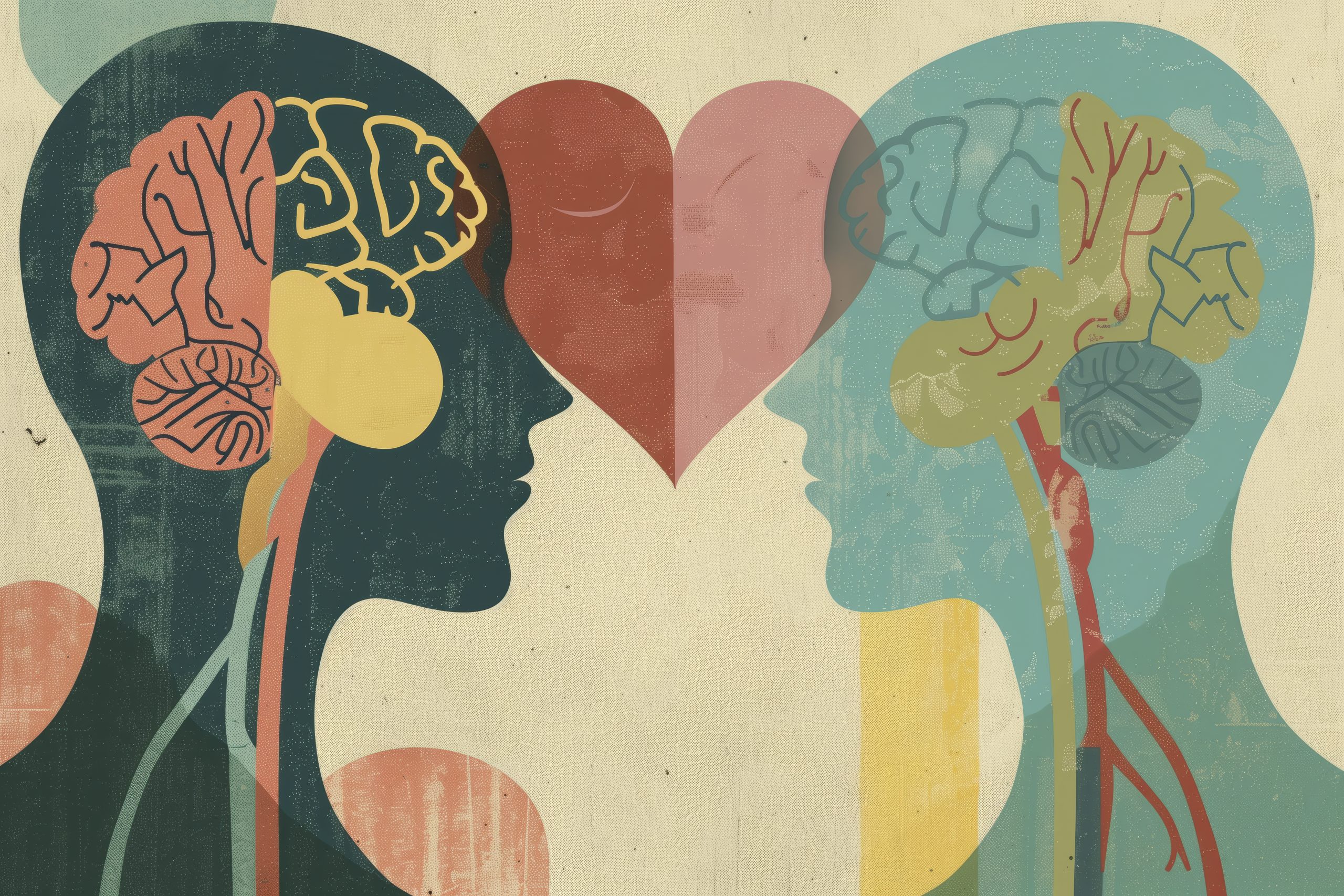
The Modern Understanding of Autism: Moving Beyond High, Low, Mild, and Severe Classifications
Why Nuanced Perspectives Matter
Introduction
Autism Spectrum Disorder (ASD) has long been classified by terms such as high-functioning or low-functioning, and mild or severe. However, these classifications have been increasingly criticised and are being phased out by experts and advocacy groups for more nuanced and accurate descriptions. This article explores the reasons behind this shift, detailing the implications for autistic individuals and society at large.
Understanding the Spectrum
The term “spectrum” in Autism Spectrum Disorder highlights the varied and diverse nature of the condition. Autism manifests in myriad ways, with individuals displaying unique combinations of strengths and challenges. The traditional classifications of high-functioning versus low-functioning, and mild versus severe, fail to capture this diversity, often leading to misunderstandings and misrepresentations of autistic people.
Challenges with High and Low Functioning Labels
Classifying autistic individuals as high or low functioning is problematic for several reasons. Firstly, these terms are reductive, providing an oversimplified view of an individual’s abilities. They often focus narrowly on observable behaviours or cognitive abilities without considering the broader context of each person’s life.
Misleading Impressions: Being labelled as high-functioning can lead to the assumption that an individual does not need support, which is often far from the truth. For example, a high-functioning individual might excel academically but struggle significantly with daily living skills or social interactions. Conversely, being labelled as low-functioning might lead to the erroneous belief that the person has limited potential, neglecting their unique skills and competencies. This can be particularly harmful as it may discourage efforts to nurture the individual’s strengths and abilities.
Impact on Support and Resources: These labels can influence the allocation of resources, with high-functioning individuals potentially being overlooked for necessary support, while low-functioning individuals might face restrictions in opportunities for growth and development. This can significantly affect their quality of life, access to education, employment, and social participation. A high-functioning individual might not receive the support they need to manage anxiety or sensory sensitivities, whereas a low-functioning individual might be denied access to advanced learning opportunities or creative outlets.
Problems with Severity Labels
Labels such as mild, moderate, or severe are equally problematic. They attempt to categorise autism in a linear way, which does not align with the reality of the condition’s complexity.
Dynamic Nature of Autism: The severity of autism symptoms can fluctuate over time and in different environments. Someone might appear to function well in a structured setting but struggle significantly in less predictable environments. For example, an individual might cope well in a familiar school environment but find it very challenging to navigate a busy, noisy public space. Severity labels fail to capture these nuances, leading to incomplete or inaccurate understandings. These labels often do not consider the individual’s coping strategies or the extent of support they receive in different settings.
Emotional and Psychological Impact: Being labelled as mild can create undue pressure on individuals to conform to societal expectations, often leading to stress and burnout. For instance, a mildly labelled individual might feel compelled to mask their autistic traits to fit in, resulting in significant emotional and physical exhaustion. Conversely, severe labels can lead to feelings of hopelessness and low self-esteem, affecting mental health and overall well-being. A person labelled as severe might internalise this label, feeling that they are inherently less capable or valued, which can hinder their self-confidence and motivation to pursue personal goals.
A More Nuanced Approach
Instead of relying on these outdated classifications, professionals are advocating for a more personalised approach to describing and understanding autism. This involves focusing on specific needs, strengths, and support requirements rather than fitting individuals into broad categories.
Individualised Assessments
Detailed assessments that consider the full range of an individual’s capabilities and challenges are more effective. These assessments can identify specific areas where support is needed, such as communication, sensory processing, social interactions, and executive functioning. For instance, a comprehensive assessment might reveal that an individual needs support with sensory processing in noisy environments but is highly skilled in visual learning and problem-solving. Tailoring support strategies to address these specific needs and strengths can significantly enhance the individual’s quality of life and ability to achieve their potential.
Strength-Based Perspectives
Recognising and fostering individual strengths is crucial. Autistic individuals often have unique talents and perspectives that can be of tremendous value. By focusing on what they can do rather than what they cannot, a strength-based approach promotes empowerment and inclusion. For example, a person with exceptional attention to detail might excel in tasks requiring precision and accuracy, such as data analysis or crafting intricate designs. Emphasising these strengths and providing opportunities to develop them can lead to greater self-confidence, satisfaction, and societal contributions.
Impact on Society
Moving away from high/low and mild/severe classifications has profound implications for how society views and interacts with autistic people.
Increased Inclusion and Acceptance
A more nuanced understanding fosters greater acceptance and inclusion. When society recognises that autism is not a one-size-fits-all condition, it becomes easier to accommodate diverse needs and create more inclusive environments in schools, workplaces, and public spaces. For instance, schools might implement flexible learning approaches that cater to different learning styles, while workplaces could provide sensory-friendly spaces and flexible work arrangements. This shift towards inclusivity can help autistic individuals feel valued and supported in their communities.
Better Advocacy and Support
Advocacy efforts benefit from a more accurate representation of autism. This leads to better-informed policies and practices that cater to the diverse needs of the autistic community. It ensures that support systems are flexible and responsive to individual needs, improving the quality of life for autistic people. For example, advocacy groups can push for legislation that ensures equal access to education, healthcare, and employment opportunities, tailored to the specific needs and strengths of autistic individuals. This comprehensive approach can help bridge gaps in services and support, fostering a more equitable society.
Reducing Stigma
Simplistic labels contribute to stigma by perpetuating stereotypes and misconceptions. By moving beyond these labels, society can reduce the stigma associated with autism, fostering a culture of understanding and respect. This shift is essential for the mental health and well-being of autistic individuals. For instance, public awareness campaigns that highlight the diversity and strengths of autistic individuals can challenge negative stereotypes and promote a more positive and inclusive view of autism. Reducing stigma can also encourage more autistic individuals to seek out and utilise support services, leading to better outcomes in various aspects of life.
Conclusion
The shift away from classifying autism as high or low functioning, or mild or severe, marks a significant step towards a more inclusive and accurate understanding of the condition. It acknowledges the complexity and individuality of autistic people, promoting a society that values and supports every individual’s unique contributions. By embracing a more nuanced perspective, we move closer to a world where autistic individuals can thrive and participate fully, free from the constraints of outdated and reductive labels. This new approach not only benefits autistic individuals but also enriches society by recognising and valuing the diverse talents and perspectives that they bring.



